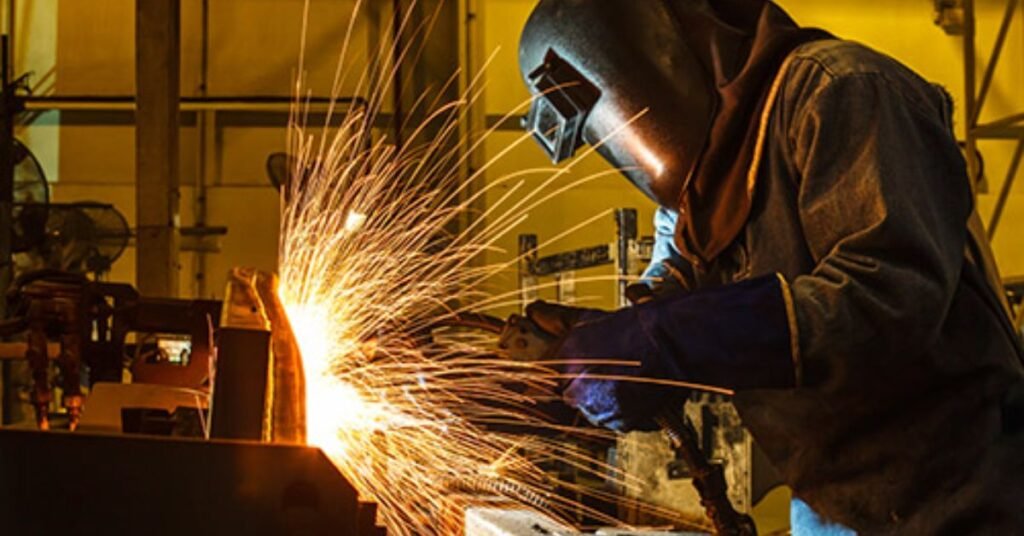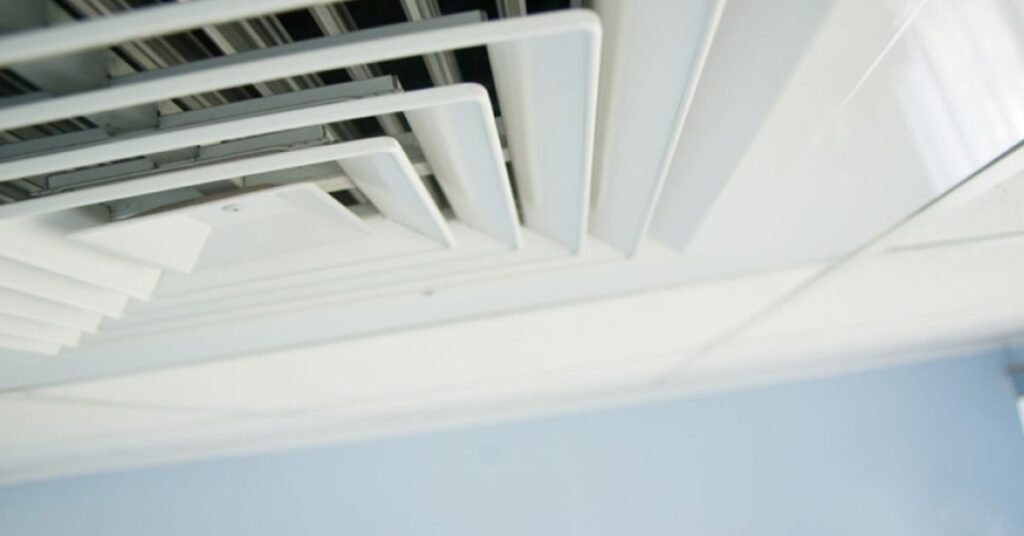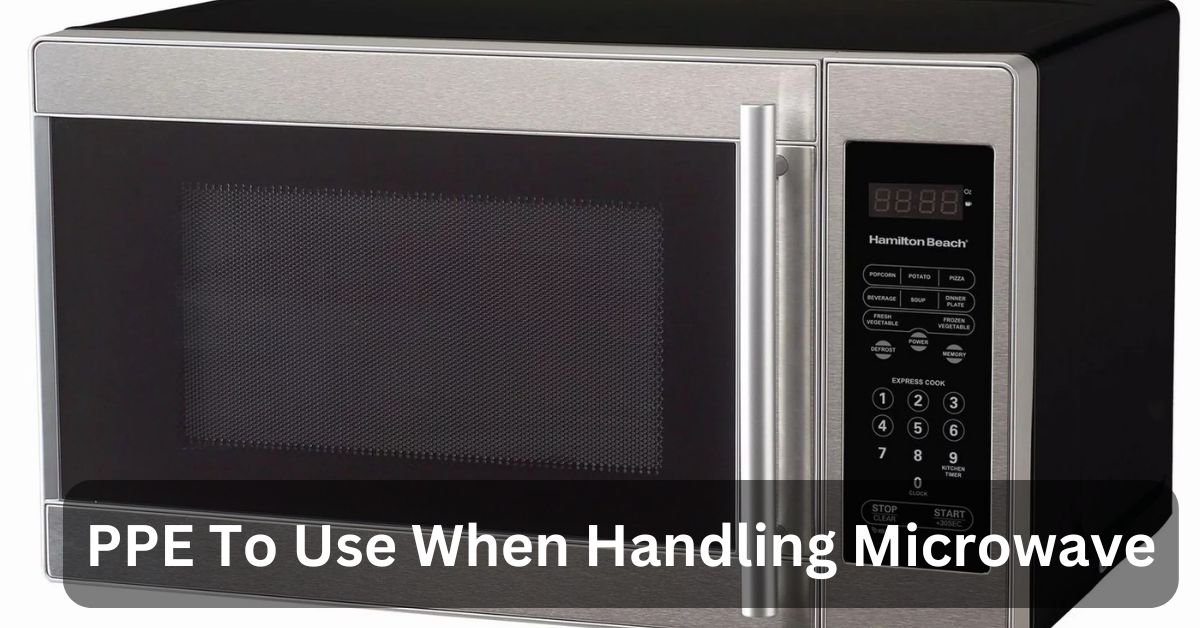Misusing a microwave can prompt mishaps or wellbeing chances, from hot surfaces to electromagnetic radiation. When operating or servicing microwaves, it is essential to comprehend the significance of personal protective equipment (PPE).
Absolutely! Investing in heat-safe gloves, defensive eyewear, and microwave-safe compartments can diminish the risk of mishaps and guarantee more secure use.
In this comprehensive guide, we will discuss the necessary PPE and best practices for keeping microwaves safe.
Understanding the Risks of Microwaves:
Before jumping into PPE points of interest, we should get a handle on the potential dangers related to microwaves:
1. Electromagnetic Radiation:
Non-ionizing radiation from microwaves can cause tissue heating and burns if used for a long time.
2. Hot Areas:
Microwaves heat food by fomenting water particles, making the inside hot. Surfaces like the door and control panel may also become hot during operation.
3. Substance Openness:
Cleaning specialists or food deposits inside the microwave can produce destructive exhaust while warmed, prompting respiratory issues whenever breathed in.
The Essential PPE Checklist:
Let’s take a look at the PPE that is required to effectively reduce the risks now that we are aware of them:
1. Heat-Safe Gloves:

Safeguard your hands from consumption by wearing intensity-safe gloves while handling hot dishes or cleaning the microwave inside. Search for gloves explicitly intended for kitchen use with heat opposition.
2. Safety Goggles:
You should protect your eyes from expected splatters or steam while handling hot food. Safety goggles or glasses with side shields are good safeguards against accidental splashes.
3. Cover or Defensive Attire:
Donning an apron or protective gear can protect your clothing from food stains and spills. To decrease the risk of fire, choose attire produced using fire-safe materials.
4. Shoes With No Toes:
Forestall’s foot wounds are caused by wearing shut-toe shoes with slip-safe bottoms. Shoes with open toes or sandals offer little protection from hot spills or falling objects.
5. Mask for the lungs:
Wear a respirator veil while using cleaning products or managing solid smells inside the microwave to avoid breathing in harmful exhaust or particles. Ensure the veil is approved for synthetic filtration and fits cozily over your nose and mouth.
6. Hair Net or Cap:
Use a hair net or cap to keep your hair in place and prevent it from accidentally touching food or hot surfaces. This aids in maintaining hygiene standards in food preparation areas.
Also Read: Do Most Hotels Have Microwaves?-Complete Guide
Safe Microwave Handling Techniques:
Close by wearing the proper PPE, following these prescribed procedures further upgrades wellbeing:
1. Permit Appropriate Ventilation:

Before utilizing cleaning specialists or working the microwave, guarantee sufficient ventilation in the kitchen to forestall the gathering of exhaust or gases.
2. Examine the state of the microwave:
Examine the microwave regularly for any indications of damage, such as frayed cords or broken door seals. To decrease the risk of mishaps or wounds, avoid using a failing microwave.
3. Follow the manufacturer’s instructions:
Follow the maker’s guidelines for microwave utilization, cleaning, and support. This includes your appliance model’s recommended personal protective equipment and Safety measures.
4. Use Microwave-Safe Compartments:
Only use containers that say they are safe for the microwave to heat or cook food. Avoid metal utensils or compartments, as they can cause fires or harm the machine.
5. Use caution when handling hot items:
While eliminating hot dishes from the microwave, use broiler gloves or intensity-safe cushions to forestall consumption. Before handling or serving, allow the food to cool briefly.
6. Keep pets and children away:
Keep pets and children safe from the microwave during operation to avoid accidental burns or injuries.
Also Read: Why Is My Microwave Popping?-Complete Guide
Preparing and Training:
Preparing and instruction are critical parts of advancing Safety while utilizing microwaves. Consider this approach:
1. Client Manuals:

To fully comprehend the microwave’s features, operation, and safety measures, encourage users to read the user manual thoroughly. Manufacturers frequently provide useful information regarding proper usage and upkeep.
2. Involved Preparing:
Workshops or hands-on training sessions should be offered to teach people how to use microwaves safely. These sessions should demonstrate legitimate methods for utilizing PPE, handling hot surfaces, and choosing microwave-safe compartments.
3. Online Assets:
Give admittance to online assets like educational recordings, security rules, and articles that cover microwave safety. These resources can help users remember information and reinforce training.
4. Wellbeing Mindfulness Missions:
Conduct safety awareness campaigns to inform the community about the significance of microwave safety. Disseminate information and encourage safe practices through various channels, including social media, posters, and newsletters.
5. Regular Workshops and Refreshers:
Conduct regular workshops and refresher courses to keep individuals updated on best practices and any new developments in microwave safety. Encourage ongoing learning and engagement to maintain a culture of Safety
6. Certification Programs:
Consider implementing certification programs for individuals who regularly handle microwaves in professional settings, such as kitchen staff or maintenance personnel. These programs can ensure that individuals have the necessary knowledge and skills to operate microwaves safely.
Also Read: Microwave Outlet Not Working-Safety Precautions
FAQ’s:
1. What can be utilized to safeguard yourself from microwave radiation?
Protective gear, such as special gloves and clothing, is the last resort when it comes to shielding oneself from microwave and radio waves.
2. What three things are microwaves impacted by?
Wave effects like refraction, reflection, interference, and diffraction affect the transmission of microwaves. Microwaves can also heat glass and plastic.
3. What is the most grounded material against radiation?
Due to its attenuating properties, lead has long been regarded as “the element of choice” for radiation shielding. Lead is a malleable metal that resists corrosion.
4. Is the microwave hot?
When taken out of a microwave oven, food and cookware rarely reach temperatures greater than 100 °C (212 °F). Because it is transparent to microwaves, the cookware used in a microwave oven frequently keeps food much cooler than the cookware.
5. What is the principle of the microwave?
The principle of microwave cooking is converting electromagnetic energy to thermal energy within the meat. During cooking, the microwave energy is absorbed by the rotation of water molecules and the translation of ionic components in the meat; therefore, the water content and the dissolved ion content are important factors.
Conclusion:
To handle microwaves safely, you need to be aware, use the right tools, and follow the best practices. By understanding the potential dangers and investing in the appropriate PPE, you can reduce the likelihood of accidents and ensure a safer kitchen environment.
Always place Safety first, and educate others in your home or workplace to foster a microwave safety culture. With these precautionary measures set up, you can partake in the comfort of microwaves without settling for less on your prosperity.

